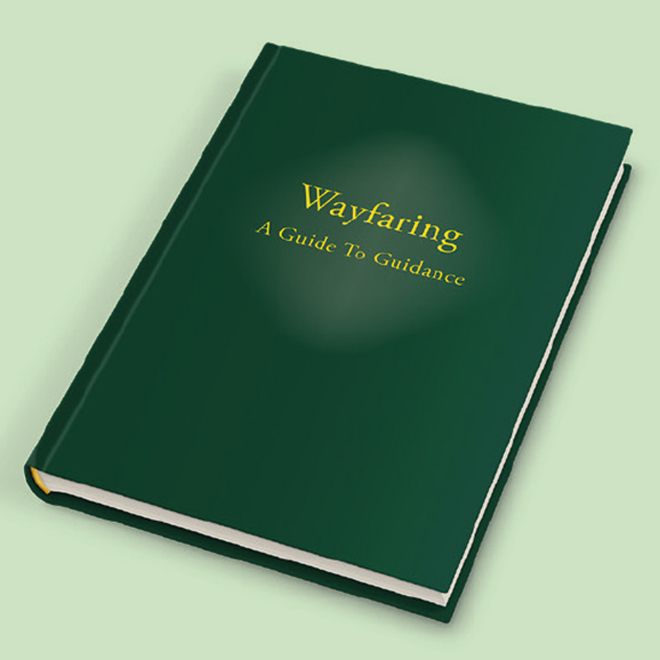Thought for the Week: Monkshood
Malcolm Edmunds reflects on remarkable adaptation
As I took the small vase of flowers to Meeting last summer I noticed that three of the six spikes of monkshood flowers were upside down. Monkshood has deep blue flowers and is closely related to the equally poisonous delphinium, but it has a large petal on the upper side of the flower shaped like the cowl of a monk – hence the common name. The flower is beautifully adapted to being pollinated by bumblebees, which land on the base of the flower between the four lower petals (OK, botanists, I know these are technically sepals), surrounded by the stamens which dust them with pollen. The insect then reaches upwards with its long tongue to the nectaries high up under the hood. If it then visits a more mature flower in which the stamens have withered it will inadvertently deposit some of the pollen on the stigmas.
